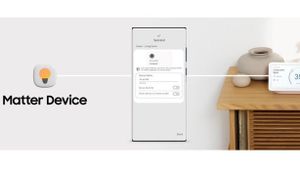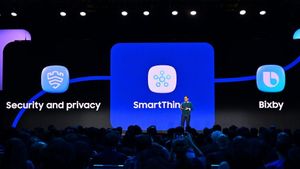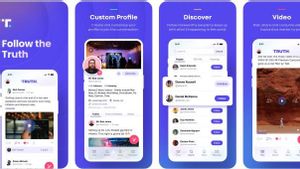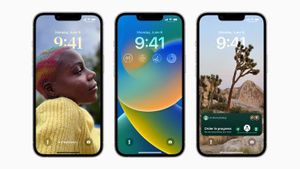JAKARTA - While hybrid work has been widely applied, Google continues to look for ways to unite its team through a technology called Project Starline.
Project Starline is a video chat project using 3D technology, allowing you to see the person you are talking to as if you were meeting in person.
"This technology works like a magic window, where users can talk, gesture, and make eye contact with other people, life-size and in three dimensions." said Andrew Nartker, Director, Google Product Management, in a Google blog.
Nartker explains that this is made possible through major research advances across machine learning, computer vision, spatial audio, and light field display systems.
Currently, Project Starline prototypes can be found at Google offices across the US. All employees use the technology every day for meetings, employee orientation, and building relationships between colleagues.
The results of the demo using the Starline project show that this technology can increase employee attendance, attention, and productivity compared to traditional video calling solutions.
VOIR éGALEMENT:
Not only Google employees, but the tech giant also invited more than 100 corporate partners in areas such as media, healthcare, and retail to participate in a demo at Google's offices. All partners provide feedback on experiences and applications for their business.
“The proliferation of hybrid work models creates new opportunities to fundamentally rethink how we collaborate in the workplace,” said Scott Morey, president of technology & innovation at WeWork.
Morey considers Project Starline to be at the forefront of delivering great user experiences that bridge the gap between the physical and virtual worlds. He even believes that at WeWork, this technology has the potential to enrich the employee experience.
Currently, Google is expanding its Project Starline trial through an early access program with enterprise partners that includes Salesforce, WeWork, T-Mobile, and Hackensack Meridian Health.
Furthermore, starting this year, they will begin installing prototypes in selected partner offices for regular testing.
The English, Chinese, Japanese, Arabic, and French versions are automatically generated by the AI. So there may still be inaccuracies in translating, please always see Indonesian as our main language. (system supported by DigitalSiber.id)














